Tired of seeing your online ecommerce sales totals fall far below your forecasted numbers?
Disappointed you can’t seem to garner a similar number of likes, thumbs-up, tweets and retweets to that of your competitors?
Are you over watching other brand’s items fly off store shelves while yours sit there idle, cold, and alone?
Okay, maybe we’re being a bit dramatic with that last one, but the point still stands.
It is maddening when you know you have a great product that people would love, but it produces nothing but stagnant sales.
That frustration only increases if you’ve done your market research, tested and retested your product line’s viability, and have generated enough favorable feedback from those who have made a purchase to know that it should be performing better than it is.
If this sounds like a situation your brand is currently dealing with, it might be time to look beyond the product itself and reconsider your packaging.
Yes, that’s right, the packaging.
Though it’s a little strange to consider, especially if you genuinely sell a winning product or line of products, what might be holding you back is the package your products are sold in.
If you’re using off-the-shelf packaging for your brand, it might be time you considered the benefits of custom retail packaging.
Why Custom Retail Packaging
Consider for a moment you venture into a retail store. You might be there to purchase something specific, but inevitably, a particular product or products may grab your attention.
Even if you don’t need it or end up buying it, you pick it up, look at it, and make a mental note of it.
Why is that?
It’s highly likely it was how the product is packaged.
Custom retail packaging carries with it the ability to influence consumer buying decisions. A product with vivid colors, clear, easy to read fonts, or is wrapped in a unique manner stands out on a shelf far more than one in a monotone box, with hard to read copy.
From a physical retail standpoint, custom packaging and excellent box design helps your brand stand out and makes it easier to differentiate from your competitors. Retailers love the customizable solutions as it makes their job easier, from stocking to carrying less overhead costs.
With regards to ecommerce, great custom packaging helps extend your brand beyond the virtual space. It creates an exciting and meaningful experience for your consumer. It incentivizes them to make more purchases and entices others to see what all the fuss is about.
In both instances, outstanding custom packaging can increase your brand’s value, engagement with consumers, and exposure, both short and long term.
How is all of this possible? Well, certainly, great packaging is more than just bright colors and clear verbiage. Let’s explore seven benefits of custom retail packaging.
1. Completely Customizable
The name of the article says it all right, Custom Retail Packaging. And yes, whatever crazy box designs, color schemes, or artistic flourishes you can dream up, packaging can be crafted to fulfill those dreams.
But before we go all Michelangelo on sculpting your boxes and bags, let’s consider why customization truly matters.
Foremost, packaging can be tailored to fit your brand and the needs of your products. Whether you sell tools or toys, cosmetics or clothes, there’s an outer shell to fit your products like a glove.
The principal benefit is a practical one, especially when it comes to packaging for ecommerce brands. Custom packaging provides better protection for your products while they’re in transit. You wouldn’t ship a bottle of wine in a box that’s designed for cosmetics. Nor would you package and ship scented candles and dog treats in the same manner. (If you do, we’re interested to know that niche.)
For products sold in brick-and-mortar stores, secure packaging provides consumers peace of mind. Namely, the items were not damaged from the warehouse to the store, and that the company behind the item thought enough of it to ensure it was safe.
Next, custom packaging allows your brand to tell its story on its own terms. Customization lets you craft that narrative, however you choose. You can tell it on the outside with unique branding on the outer packaging. You can tell it from the inside with distinctive inner packaging or interesting inserts and add ons.
You can also craft packaging that extols more about your product. Informs consumers how to use it or how to gain the most benefit from it. Or just simply thank them for being a valued customer.
Custom packaging even has the ability to create an experience for the consumer. This is particularly true if yours is a subscription-based service or a lifestyle brand or one that relies heavily on “gift” purchases.
The pet brand, Bark Essentials, provides a good if somewhat non-traditional example. Every one of their dog beds comes with a free chew toy and a punch-out wearable paper crown for the canine recipient. Sure it’s a small addition to the packaging, but it creates a memorable unboxing experience for both the owner and dog.
Creating a sense of excitement or making a customer feel special extends your brand’s interaction with them after their purchase. If the purchase is meant as a gift, then the experience reaches even further.
However you choose to brand your boxes, your bags, your bottles, or whatever else your products may come, rest assured that you can design it to fit your brand and appeal to your customers.
2. A Magnet for Consumers
Want some stats? We’ve got some stats.
According to a report from Packaging of the World, 70% of consumers form their impression of a brand based on its packaging. 64% of in-store consumers claim they’ll buy products based solely on the packaging. 55% of online consumers will give a brand repeat business if their initial purchase arrives in custom packaging.
The most significant stat, though, is this: 63% of consumers believe that product packaging is very nearly just as important as the brand selling the product.
If you were ever in doubt before, that should prove that looks do, in fact, matter. And consumers are drawn to packaging that looks good.
The other point to be made regarding consumers and packaging is that it’s a major touchpoint between your brand and your customers. In many instances, it’s the only physical touchpoint.
Consider that in-store packaging is the only direct interaction a consumer will have with your brand before making a purchase. For ecommerce transactions, the packaging is the singular physical interaction you’ll have with a customer after they make a purchase.
That’s a lot of heat to place on something that isn’t even the actual product the consumer bought or is thinking about buying. But, let’s go ahead and up the temperature a notch.
Your product packaging also needs to impress those not interacting with your brand. At least, not directly. Word of mouth is a huge deal these days, and it’s only going to intensify. Some estimates have it that 50% of consumers are more likely to suggest a product or brand to a friend if its goods arrive in good packaging.
And they don’t simply say “hey, buy this,” over a cup of coffee. They’re extolling the brand’s virtues to coworkers, family members, and, most importantly, through sharing on social media.
When developing your packaging strategy, it’s wise to have the social media equation front of mind. You know, the one that says a user shares with two friends who share with two friends, and so on. In numbers form, it looks like this:
2 shares = 4 shares = 8 shares = 16 shares = 32 shares = 64 shares = 128 shares = ???
Adjust that number however you see fit. It quickly turns into a massive boon for your brand. Even better if you grab the attention of an influencer or are lucky enough to have a product unboxed on YouTube.
In our highly connected, digital age, people want to share information. They need to share information. When they find a product they like, from an up and coming brand, that’s packaged in a cool, clever, or sophisticated way, they want to scream it from the mountaintops “look what I found.”
But it all starts with your packaging.
3. Image is Everything
Let’s take everything one step further, with one final stat: 68% of consumers say that quality packaging reflects that a brand is upscale.
That’s actually some value-add information right there. What it basically says is that by upping your packaging game, you’re also increasing your value in the eyes of the consumer.
Make a nominal investment in your product’s exterior visage, and you could potentially charge much more for that product than you spent to produce it. And consumers will happily pay the premium. Think about that for a second.
Your product packaging isn’t solely about protecting a product. Nor is it just a vessel to relay information about the item inside the box or the bag. It actually adds value to the transaction between business and customer. Let’s look at a quick example to see how this may play out.
Assume you decide, yes, let’s improve our brand’s packaging game and invest in a logoed branded box to add to your packaging presentation. It’s got to be expensive, right? Well, the truth is that the cost of custom printed boxes is probably a lot less than you think.
In many cases, custom boxes actually save you money. Custom boxes can range in price from 5 cents to a couple of dollars. So when making packaging decisions such as this, it’s critical to work with your design, marketing, and packaging manufacturing team to make the best choice for your brand.
Initially, that outlay will, of course, cut into your revenue.
You’re probably thinking that’s not good. And that’s fair.
But consider now, with fresh eco-friendly packaging, you are suddenly an environmentally friendly brand. A brand that cares enough to transform their packaging into something that’s not wasteful. Consumers flock to brands that do their part to help make the world a better place. And they’re willing to pay a premium for it.
And guess what, that adds value to your company.
Obviously, this is just one such scenario. Depending on your industry, the products you sell, or your consumer base, there are numerous ways to pump value into your brand by making a nominal investment in upgrading your packaging.
However, this approach doesn’t always need to be about more revenue. If you simply want to raise your profile, create a buzz about your product, or perhaps pull yourself out of a slump, look to your packaging to help you achieve those goals.
Do you recall when Coca-Cola began placing people’s names on their bottles during their ‘Share a Coke” campaign? Sure, we all do, and it was a masterstroke of marketing. But did you also know that before that campaign began, Coca-Cola had experienced over a decade’s worth of declining sales?
That singular idea – printing names on a label that remained otherwise unchanged – turned their slump into a 2% rise in sales after the promotion was launched.
Ultimately, what this hits home at is that image does matter. If you improve your brand’s image in the eyes of your consumers with a simple packaging upgrade, you raise its value. Isn’t that worth it?
Read our definitive guide to custom boxes to learn more about what it takes to craft remarkable branded packaging.
4. Advertising in Perpetuity
Do you know what else those branded boxes and similar custom packaging upgrades mean for your brand? Life after the sale.
No, your custom packaging may not last forever. But it may very well last long enough for potential consumers to take notice.
Take a resuable tote bag, for example. When a consumer buys the product wrapped with the tote, it counts as a singular transaction. But when they use that tote to bag groceries at the store, carry shoes on a trip, or ferry toys or supplies to a beach or lake, that singular transaction transforms into multiple, indirect interactions.
When your product packaging stands out, your brand is garnering attention it would have never received with standard, throwaway packaging. Even if it doesn’t result in immediate sales, your brand is getting noticed, submitted to memory to be sought out later on.
Then there are the direct interactions. Those where a friend or family member notes the “cute” or “cool” tote and then asks, “where’d you get it.” Now, the satisfied consumer, who’s investment in your brand is being rewarded with attention from others, can detail their excellent experience.
Bags are not the only vessel that will give life to your brand after the sale. Boxes, too, have a role to play even if they’re less direct. Read our guide to CBD packaging boxes for examples of common do’s and don’ts to consider.
First, there’s the obvious ecommerce shipping box and its penchant for repeat use. There’s no reason Amazon should have the market cornered on boxes traveling across the country and around the world. At the very least, any ecommerce shipment should have your brand and logo on the exterior.
Recall that we mentioned earlier that custom retail boxes extend your brand’s engagement with customers or gift recipients after the sale. It’s important to reiterate that your packaging is every bit a part of the purchasing experience as your in-store displays, your advertising campaigns, and the functionality of your online store.
An excellent example of this is the bed in a box brand, Casper. Not only did they disrupt a pretty stale industry with the concept that buying a mattress doesn’t need to be that hard. They used their packaging to get the point across to millions. Their blue and white box is now widely recognized, and it gave rise to a full-blown industry and millions more bed in a box converts.
But even simpler ideas, such as the Coca-Cola promotion mentioned earlier, will get current and potential customers interacting. The whole point of Coca-Cola’s campaign is not just to buy yourself a Coke, but to buy one for someone else.
If you want to maintain a presence in the minds of consumers – not just your established customers, but the vast pool of potential buyers – custom retail packaging helps you spread the word.
5. Provide Your Brand with an Identity
Arguably, one of the more apparent benefits of custom retail packaging is often one of the most overlooked and undervalued. That is what it can do for your brand’s identity.
In explaining this aspect of packaging, it’s best to examine two iconic brands, one in the fast-food business and the other a global tech behemoth.
First, when you hear the phrase Happy Meal, what comes to mind? Even if you’ve never had one (however unlikely that may be) or it’s been many years since you last had one (more likely), you know exactly what it is – the kid’s meal from McDonald’s.
Even though it’s probably been years since you’ve physically seen one, you know exactly what it looks like. The red box, yellow “M” handle, the fold open top that resembles a house when it’s closed. You know it includes a toy insert. And before now, you probably never considered it one of the most iconic examples of custom packaging design in history.
And what did it do? It transformed Mickey D’s into the premier fast food restaurant for kids. Forcing many a parent, and their dollars, through the drive-thru and into indoor playgrounds across the world.
Not bad for a flimsy container that carries a child-size meal that costs less than $5. Did we mention it also sells over a billion individual units each year?
Turning our attention to our tech example, we’re guessing you already know the company we’re going to mention without us even saying it. That, by its very nature, is the power of custom retail packaging. And if you thought Apple, then you’d be correct.
As a technology company that produces billions of devices – as of 2019, they had roughly 1.4 billion active devices in use worldwide, with many more probably collecting dust in a drawer somewhere – it’s hard to fathom Apple as an environmentally conscious brand. Not a knock on them by any means, but when you produce as much as they do, it’s hard to escape the sheer amount of resources they use year after year.
And yet, Apple is regularly lauded for its eco-friendly packaging, which ferries thousand-dollar devices to consumers worldwide. Let’s face it, for a brand known for groundbreaking technology, its packaging might be one of its most impressive feats.
It’s the bare minimum necessary to protect the devices inside with a decidedly minimalistic, premium feel to it. The outer branding is simple and straight to the point. You know what’s inside, and you can’t wait to experience the unboxing.
Even less mainstream boutique lifestyle brands such as Birchbox have built notable identities around customized packaging. If you really want to know the power it holds, even if you’ve never heard of it yourself, ask five friends or associates, and we bet at least one will know what Birchbox is and what they provide in the box.
No, we’re not trying to give you brand envy. What we are saying, though, is that your custom packaging is more than just a package. That you take the time to sit down and consider both its purpose and meaning beyond simply being a tool to hold a product. After all, there’s a financial reason why successful businesses buy custom printed boxes and packaging.
Custom packaging can represent your brand as one that is smart, elegant, forward-thinking, or just plain cool. It’s worth it to explore the type of identity custom packaging can build for your brand.
6. A Competitive Edge
Along with a clearly defined brand identity, custom retail packaging can provide you an edge over your competitors. Regardless of the industry or marketplace, your brand operates within, standing above the competition is always a worthwhile goal.
As an experiment in the importance of competitive advantage, next time you’re at a store with a personal care section, peruse the shampoo and conditioner aisle. What you’ll notice will prove very instructive as you consider your own approach to packaging.
First, there is a definite sameness to the proceedings up and down the hair care aisle. Whether it’s similar bottles or similar colors or fonts and text, a lot of the products seem to all glom together.
Part of this is just plain necessity. Shampoos and conditioners and other hair care goods are relegated exclusively to our bathrooms. And as they come as mainly liquids or gels, the type of packaging is limited to plastic bottles.
However, within the sea of sameness that adorns the shelves, some brands do stand out more than others, even with the product’s constraints.
Certain brands ditch the most commonly used white bottle in favor of bolder colors. Others opt to alter the shape of the bottle, if even slightly, to cast a different profile on the shelf. If you stop to read the labels, you’ll note that some products sport non-traditional fonts or verbiage to appeal to consumers.
Of course, some of those customizations might prove a bit more costly than your off-the-shelf packaging. However, those brands have made a conscious choice that a little extra investment is worth standing out from the crowd and getting more products sold.
For your custom packaging, consider taking a similar approach to those brands thinking “outside the bottle.”
As you research your options, review what others are doing. Who the top sellers are, who struggles to keep up. Determine if they’ve created a connection with consumers or have established a solid brand identity.
You don’t have to go crazy with your design strategies, either. Will a different font help make your packaging more clear? Will new textures appeal to a broader audience? Do your colors appear drab when compared side by side a competing brand? Does every brand in your segment produce similar packaging? If so, why? And can you mix it up a bit?
Don’t rely solely on your industry, either. Check other segments for inspiration or ideas and see what works and what doesn’t. You may not trade in shampoo, but that hair care section demonstrates why differentiation is so important. Take those lessons and apply them to your brand. If your brand is on a tight budget, there are plenty of ways to reduce your packaging costs without sacrificing on quality.
As you research, you may come to find it won’t take much to stand apart from your competition. That only minor tweaks to your existing strategy are all it requires.
As we’ve pointed out, the beauty of custom packaging is that you can truly make it your own. A little research and some well thought out design strategies can even put you on top of the marketplace. No matter which marketplace you’re competing in.
7. Improve the Retail Experience
Were you expecting this entire piece to be about the consumer and your brand, and the impact custom packaging has on your bottom line? Well, it’s only 90% about that. The other 10% is about retailers.
Those all-important brick and mortar buildings that house your goods and represent the non-virtual world where consumers interact with your products.
If you’re like some companies, you might be wondering if those physical stores deserve your time and resources, since ecommerce is where the action is at now.
While it’s true that ecommerce sales continue to rise, and investing in your virtual consumer experience, including packaging, is wise, the retail store is not dead yet.
In fact, it continues to thrive. Ecommerce sales currently represent less than 20% of all retail sales. And those numbers are from the height of the coronavirus pandemic.
Now think about what happens when restrictions subside, and folks are ready to get out, shop, browse and buy in person, just like old times. Yes, ecommerce will one day become the dominant force in retail. But it ain’t happening anytime soon.
Why do we tell you all of this? So that you don’t overlook the importance of custom retail packaging within the brick and mortar environment. In other words, it helps if your products and packaging are retail ready.
Perhaps the most obvious and most straightforward example is the boxes of candy on sale in the checkout aisle. Tear the cover off the box, stick it on the shelf, and boom, the product is stocked and ready for sale.
Retailers love this type of packaging, as it makes restocking a snap and has the potential to reduce their overhead. However, this type of packaging also enhances your consumer engagement.
Most importantly, there’s no easier way to set yourself apart from the competition than retail-ready packaging. You command your own space on the shelf, even if the individual item packaging remains similar to other products.
The “stand apart” display gives you more marketing space too. Depending on how your setup is designed, you highlight singular attention-grabbing cues to draw consumers in. Unachievable if your product line is standing single file on the shelf.
The keys involved in taking advantage of this custom packaging style include whether the stores where your product is sold accept this form of product display. If they do, great.
Remember, the goals are to satisfy the needs of your retailers and appeal to customers.
For the former, work with specific retailers to understand their specific needs and requirements. Ensure the packaging can meet the standards of the space. Is the packaging sturdy enough to stand on its own? Does it fit the appropriated shelf or floor space? Is it easy for store employees to handle setup or stock?
With the latter, keep your branding consistent between display packaging and individual product packaging, but use the opportunity to add bold designs and attention-grabbing text or images to reinforce your overall brand strategy.
Final Thoughts
Custom retail packaging is more than just packaging.
It’s customizable to fit your every need, whatever it might be. And build your brand identity.
It’s a tool to help draw consumers closer to your brand and its products.
It’s an extension of your ideals, representing not only your products, but also your mission and appeal to consumers.
It’s a way to boost your image and raise it’s stock among consumers, to cast yours as a premium experience, one that’s not to be missed.
It’s a marketing and advertising piece to extend your reach well beyond the point of purchase or delivery and unboxing.
It’s a pathway to setting you apart from your competition in an increasingly crowded marketplace.
And, it’s a way to enhance your retail presence both for those that handle your products and those that buy them.
Realizing all the ways it can positively influence your success, it might be time to consider developing custom retail packaging for your brand.
Ready to think outside the box? Let's get started!
Get in touch with a custom packaging specialist now for a free consultation and instant price quote.


.svg)
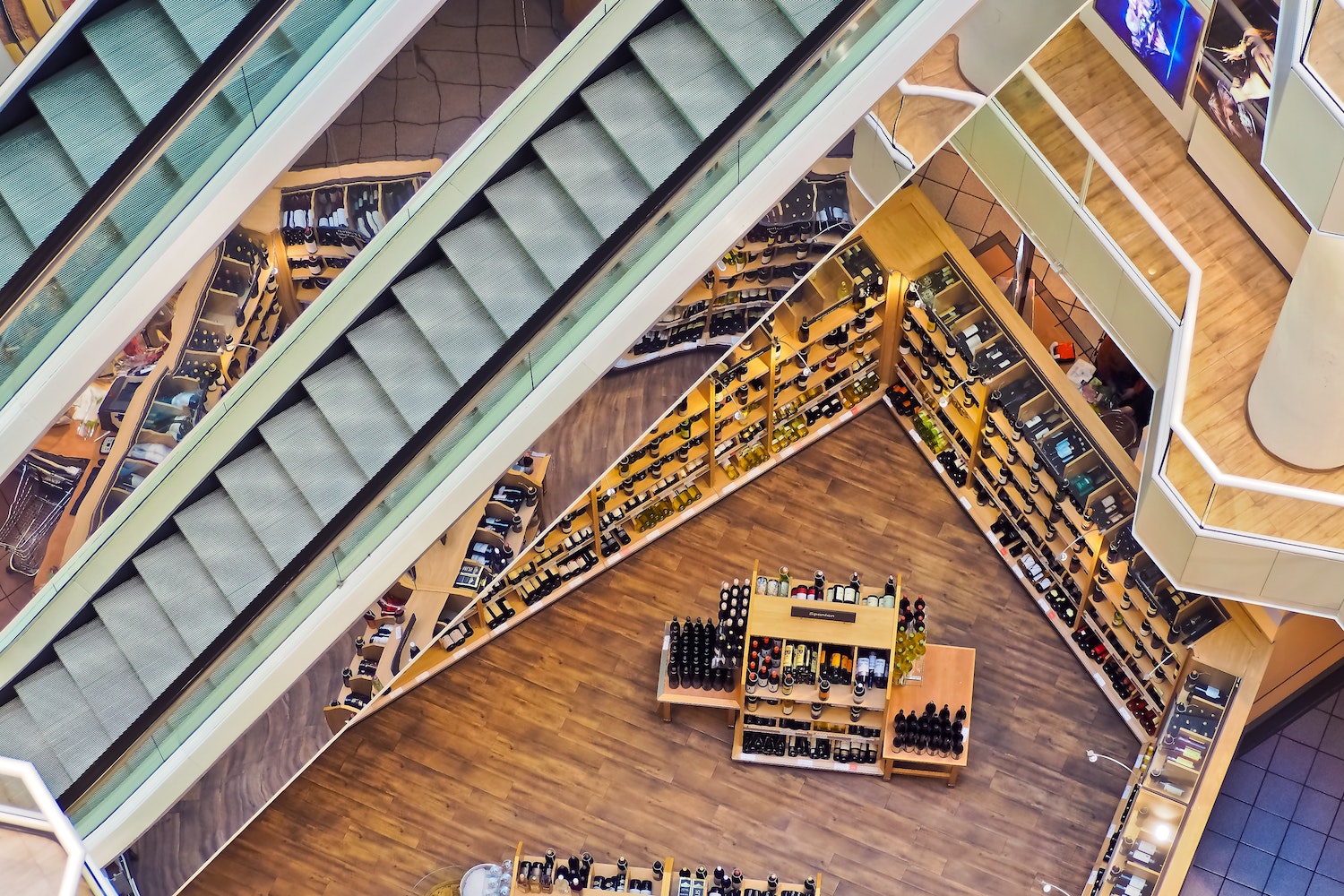


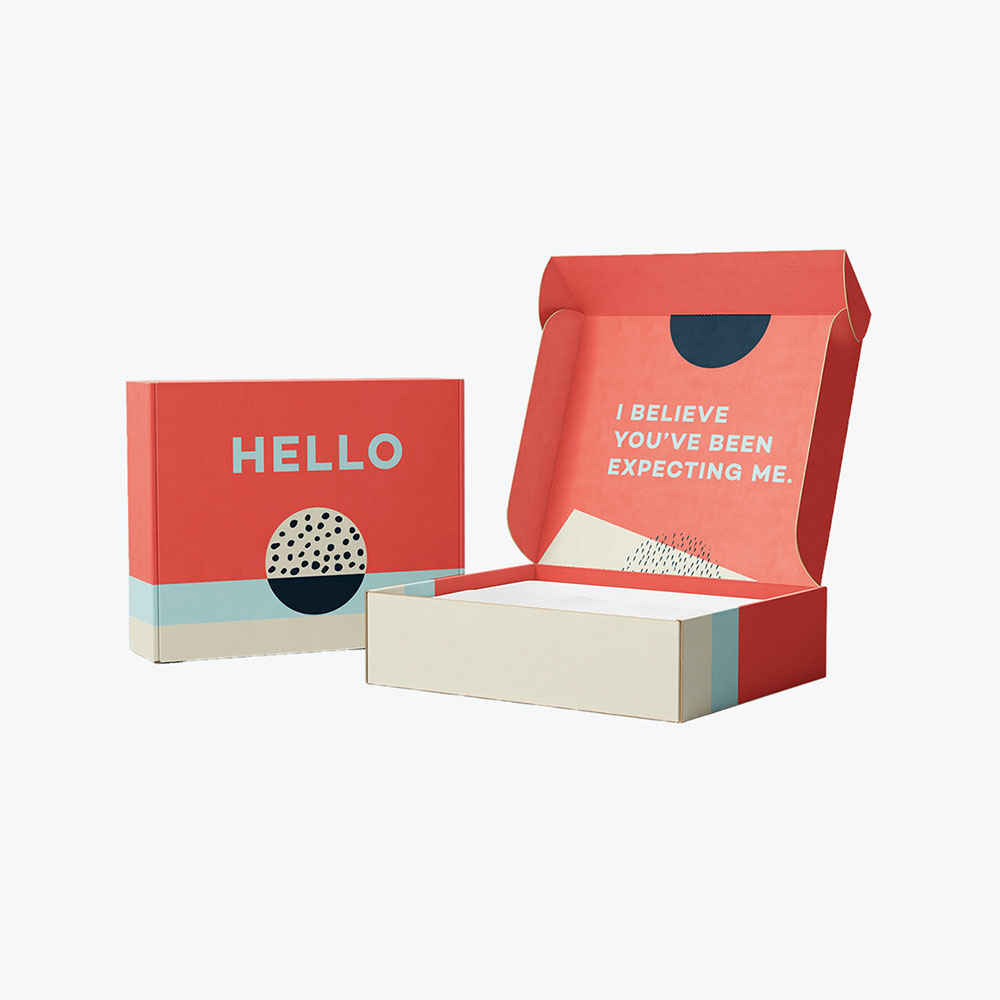
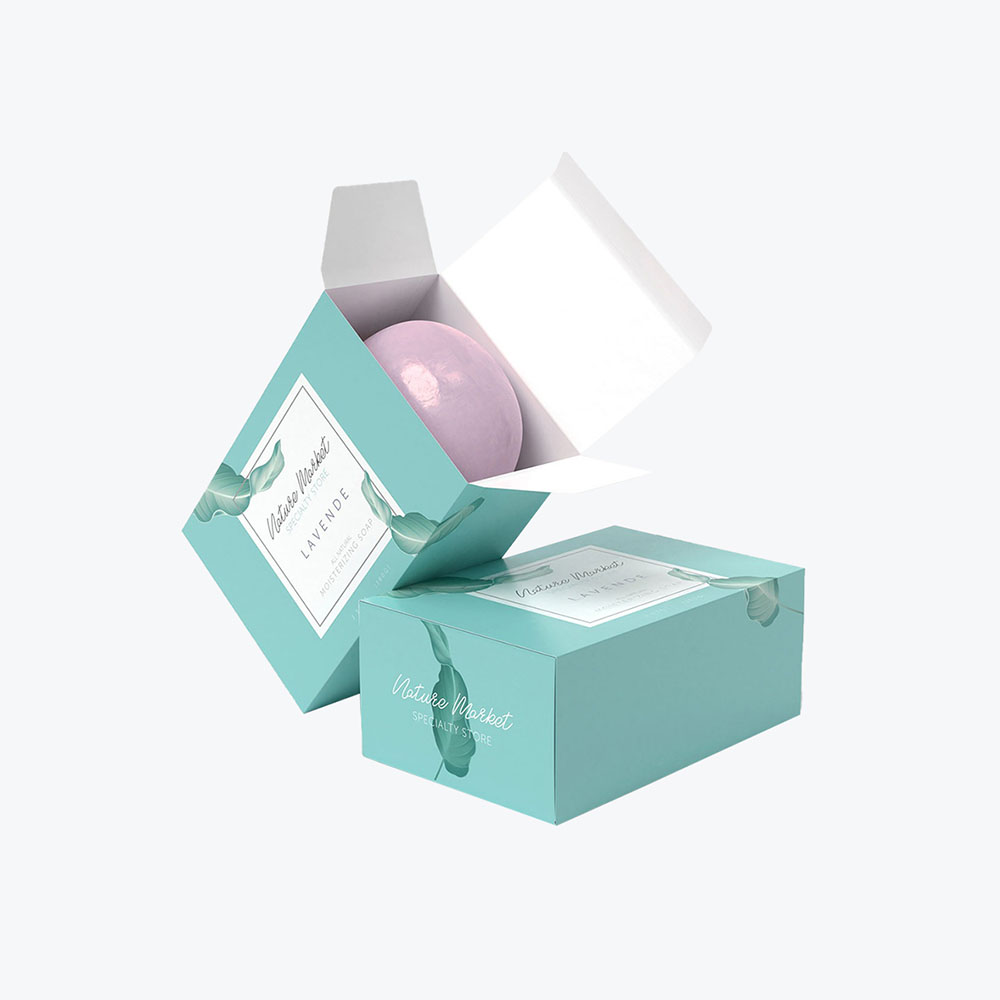
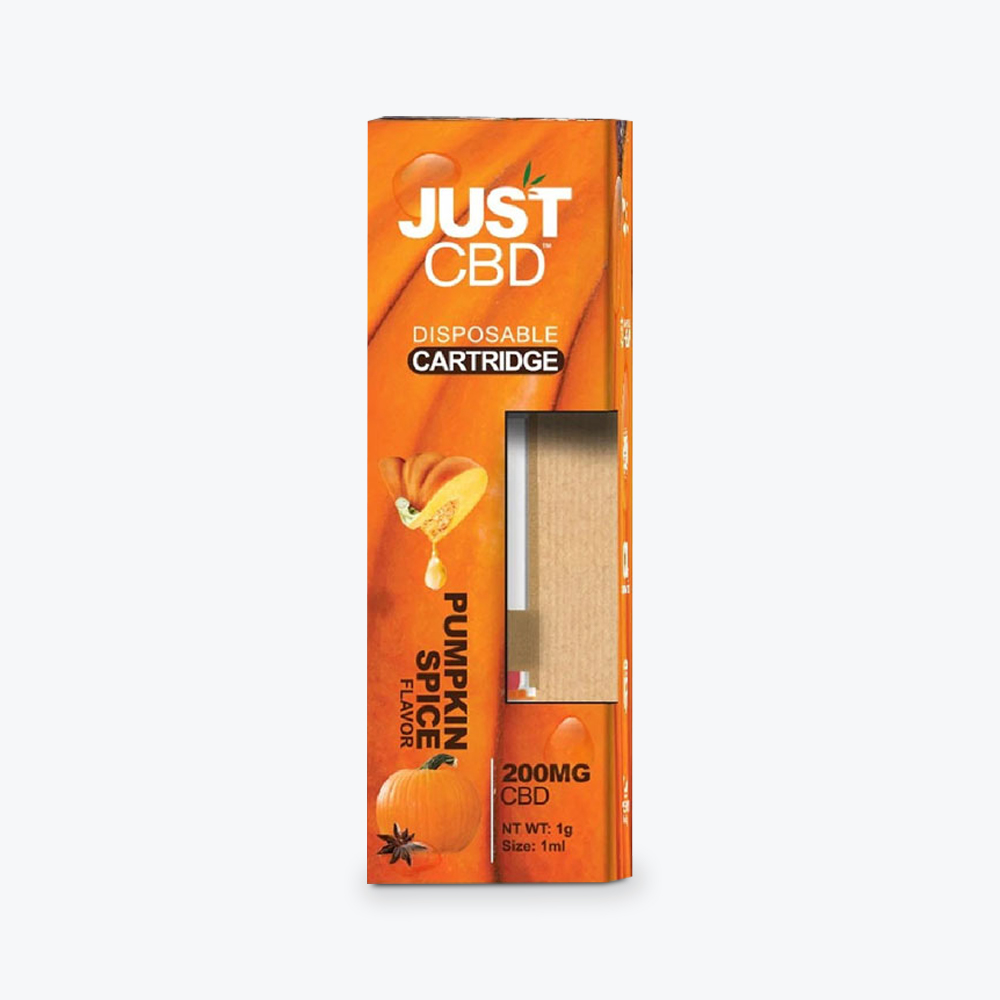
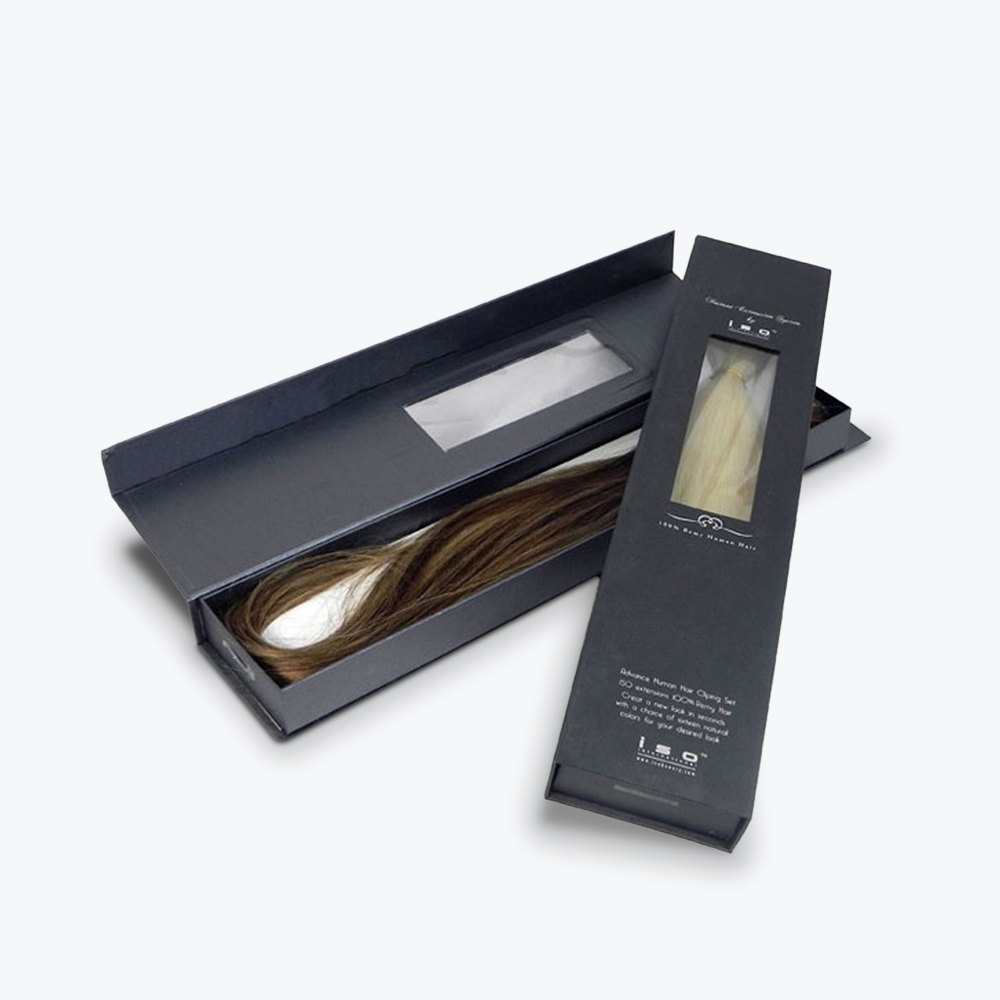


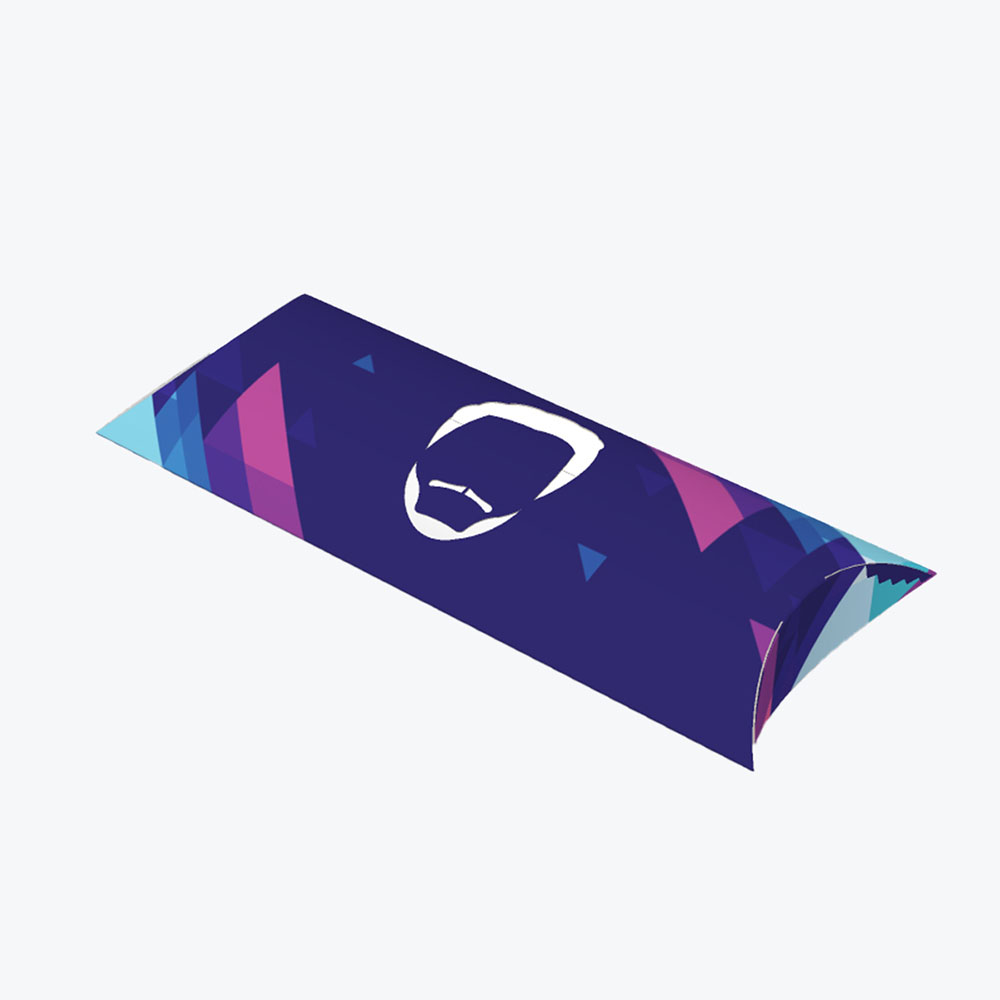

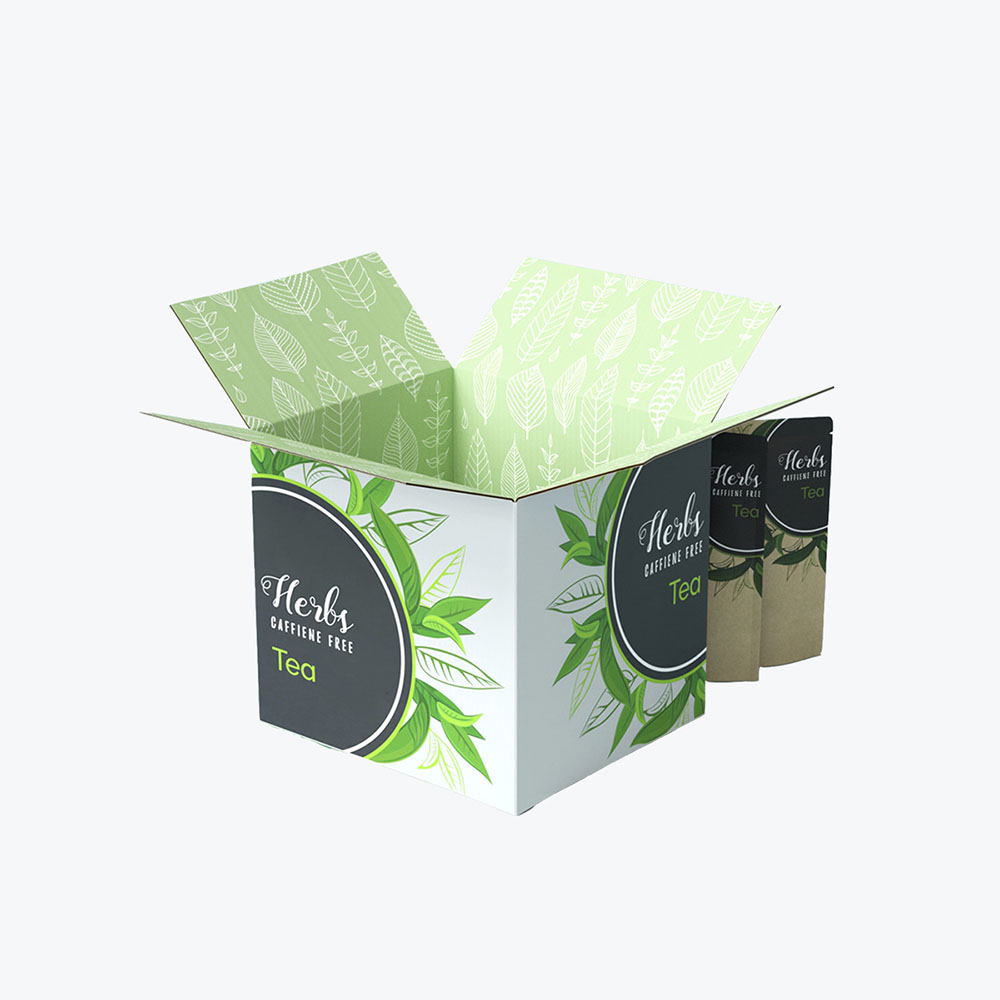

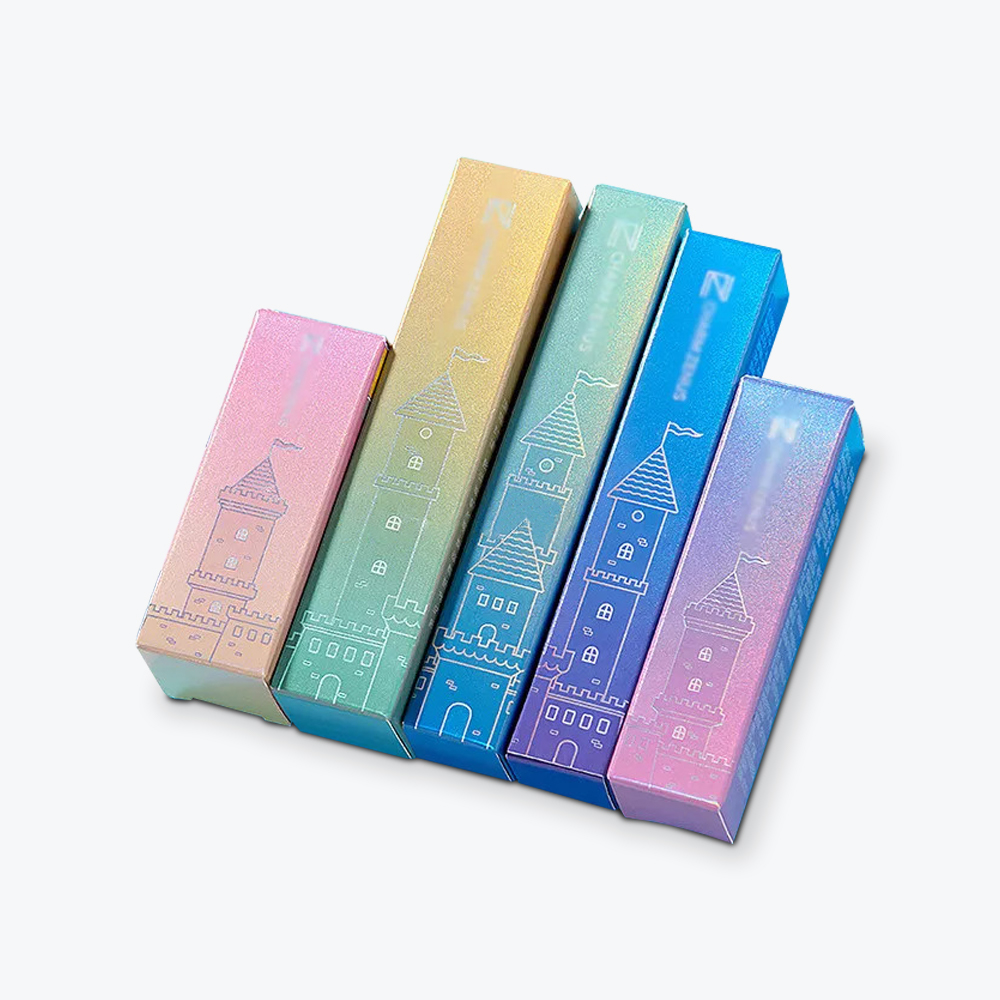

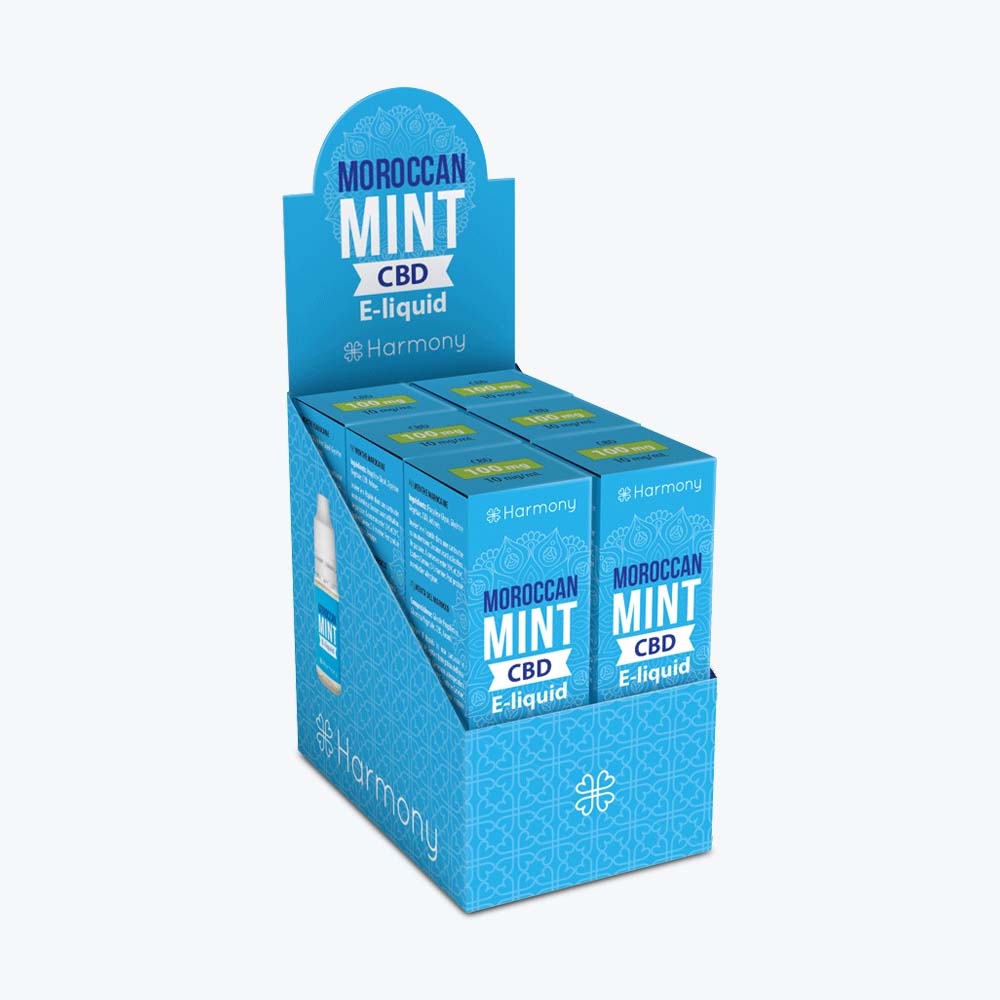
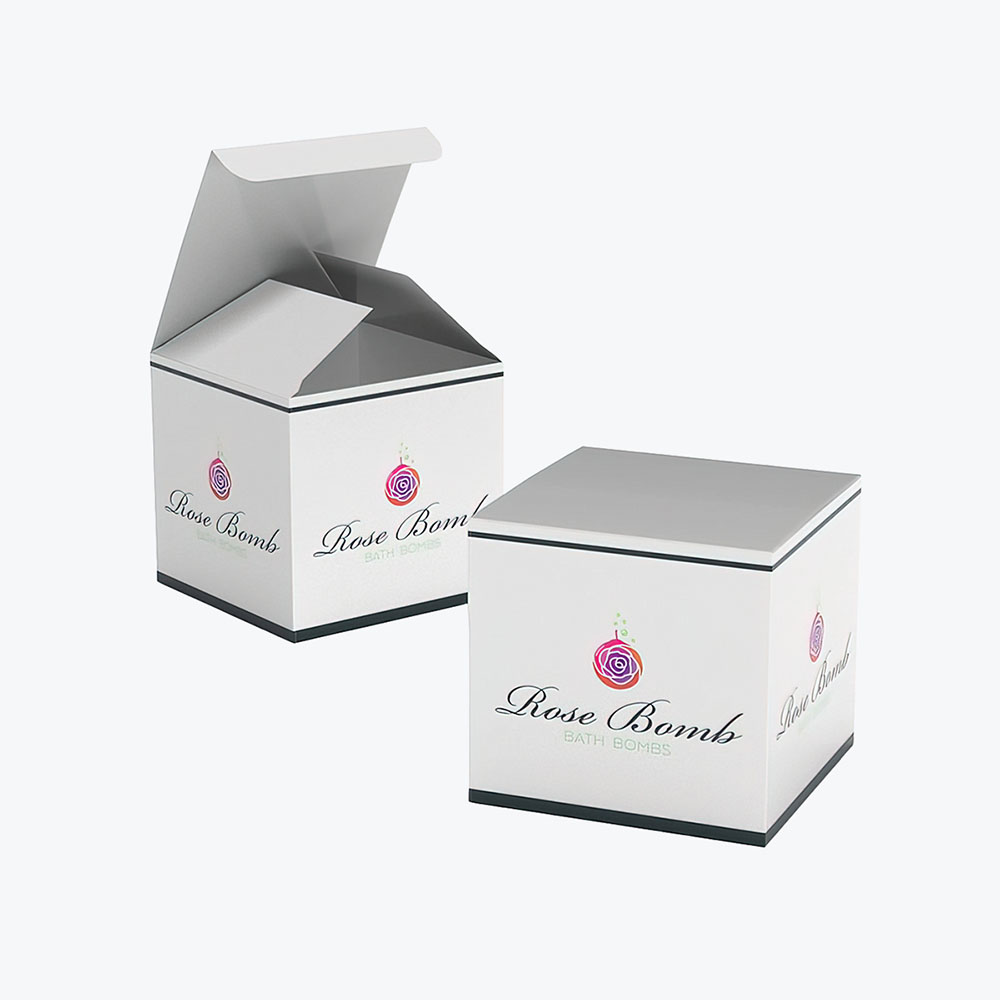
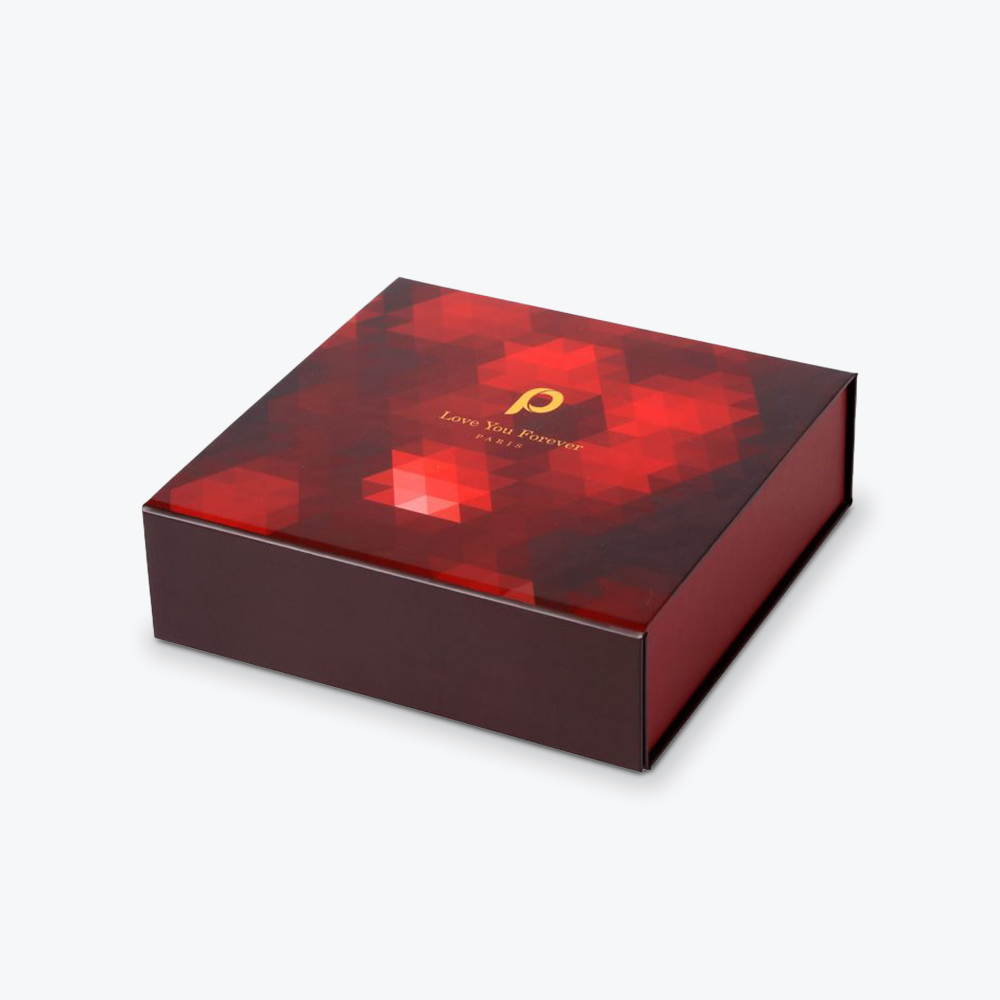
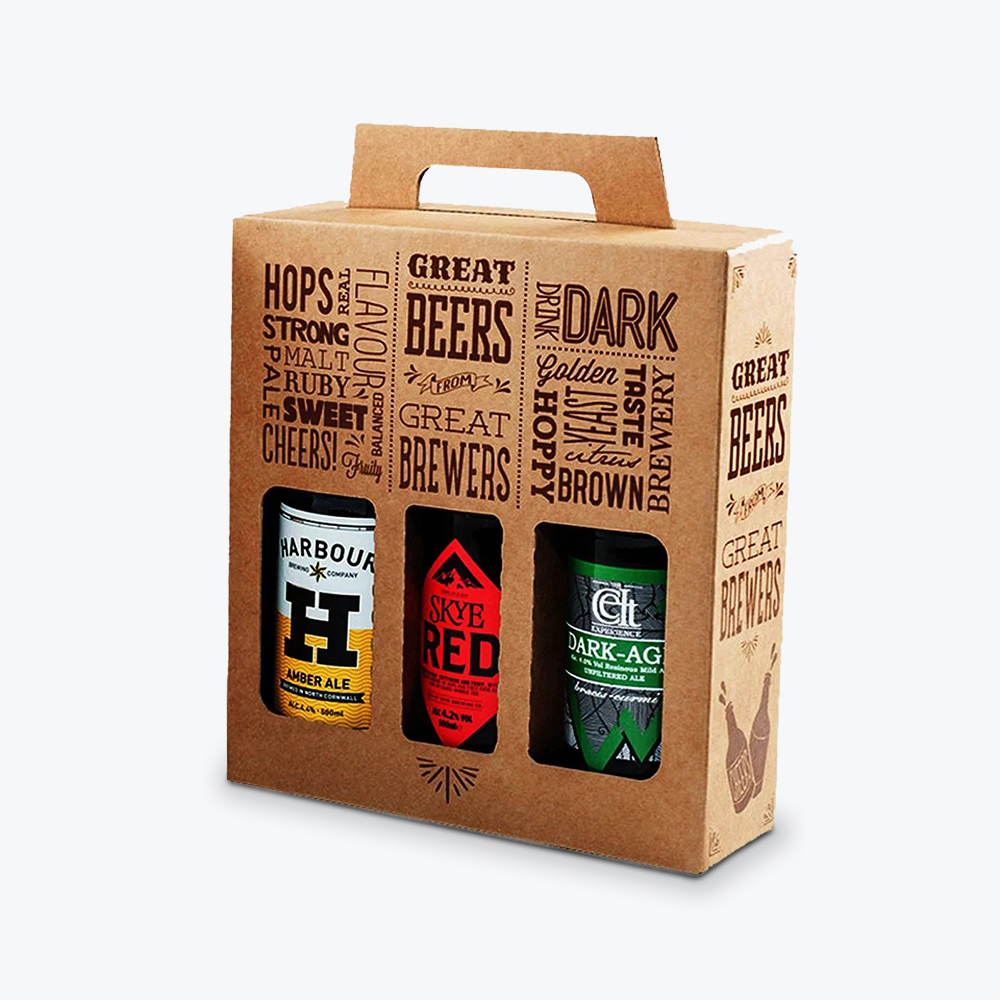
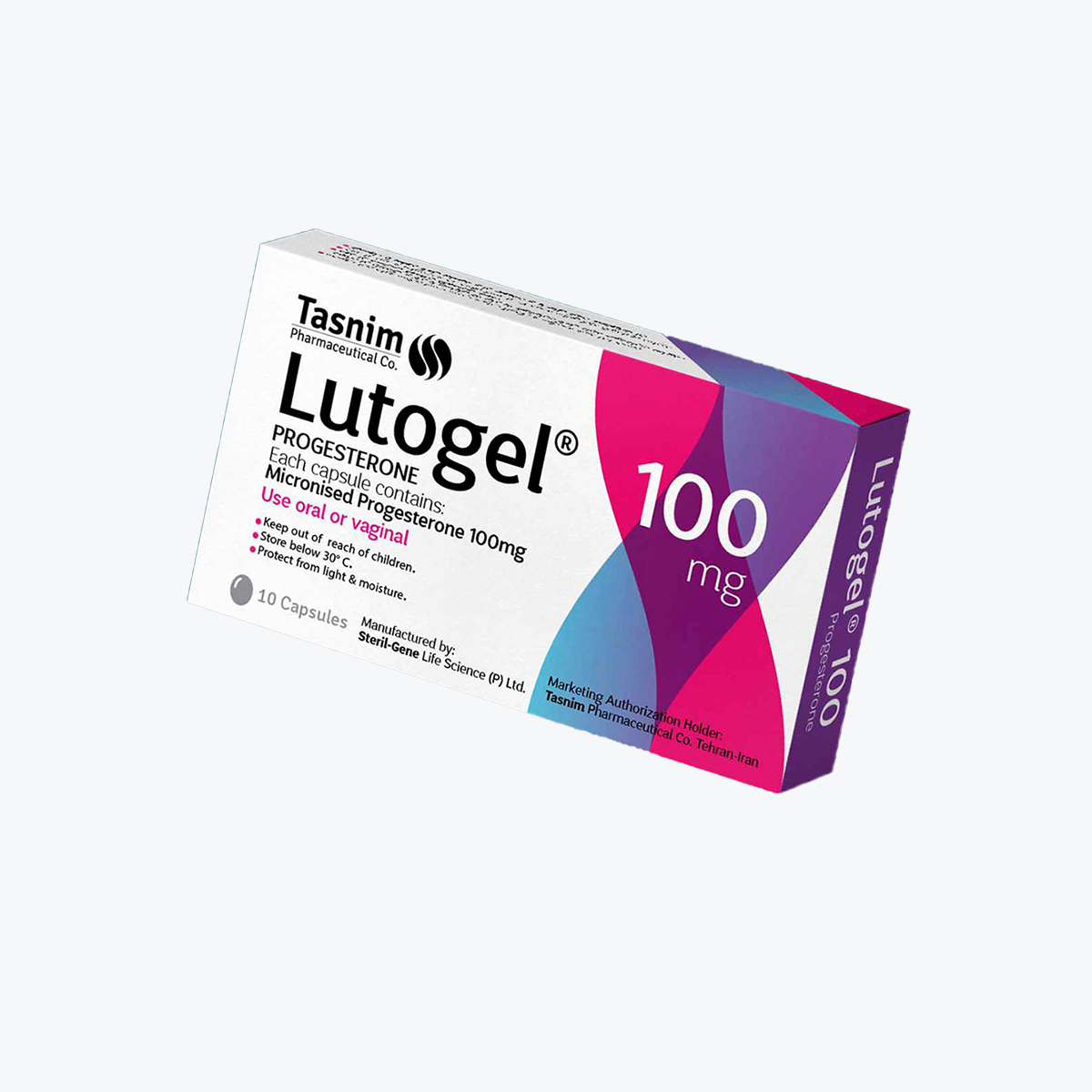
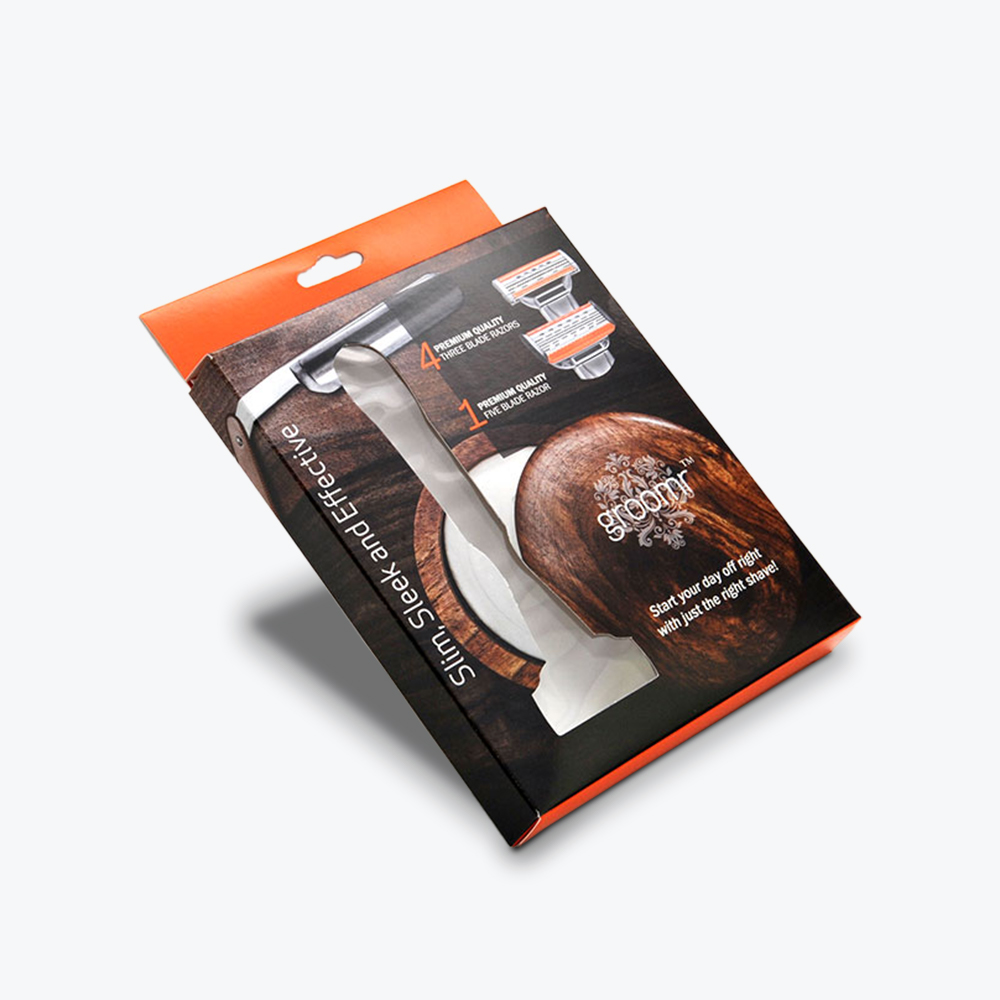

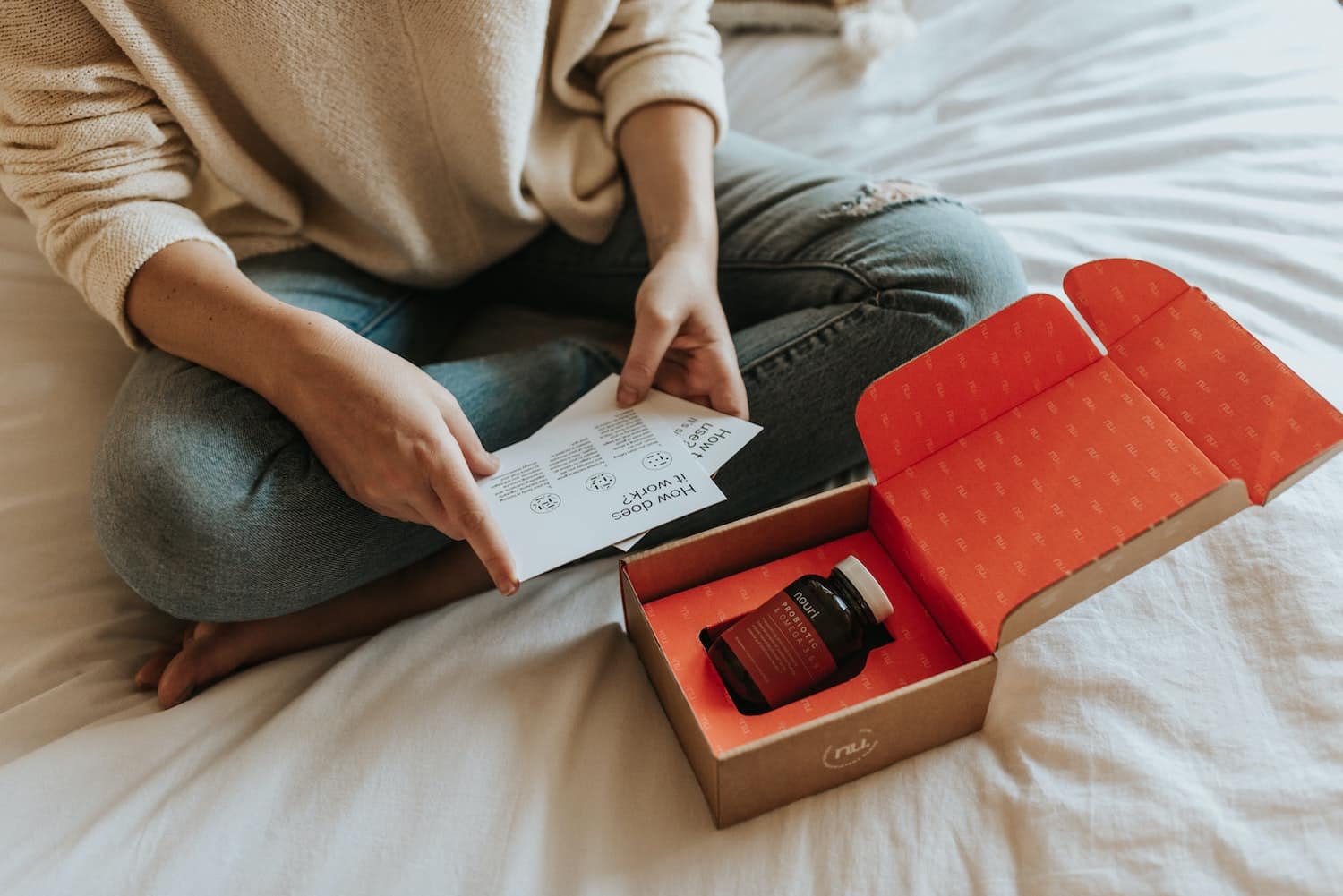
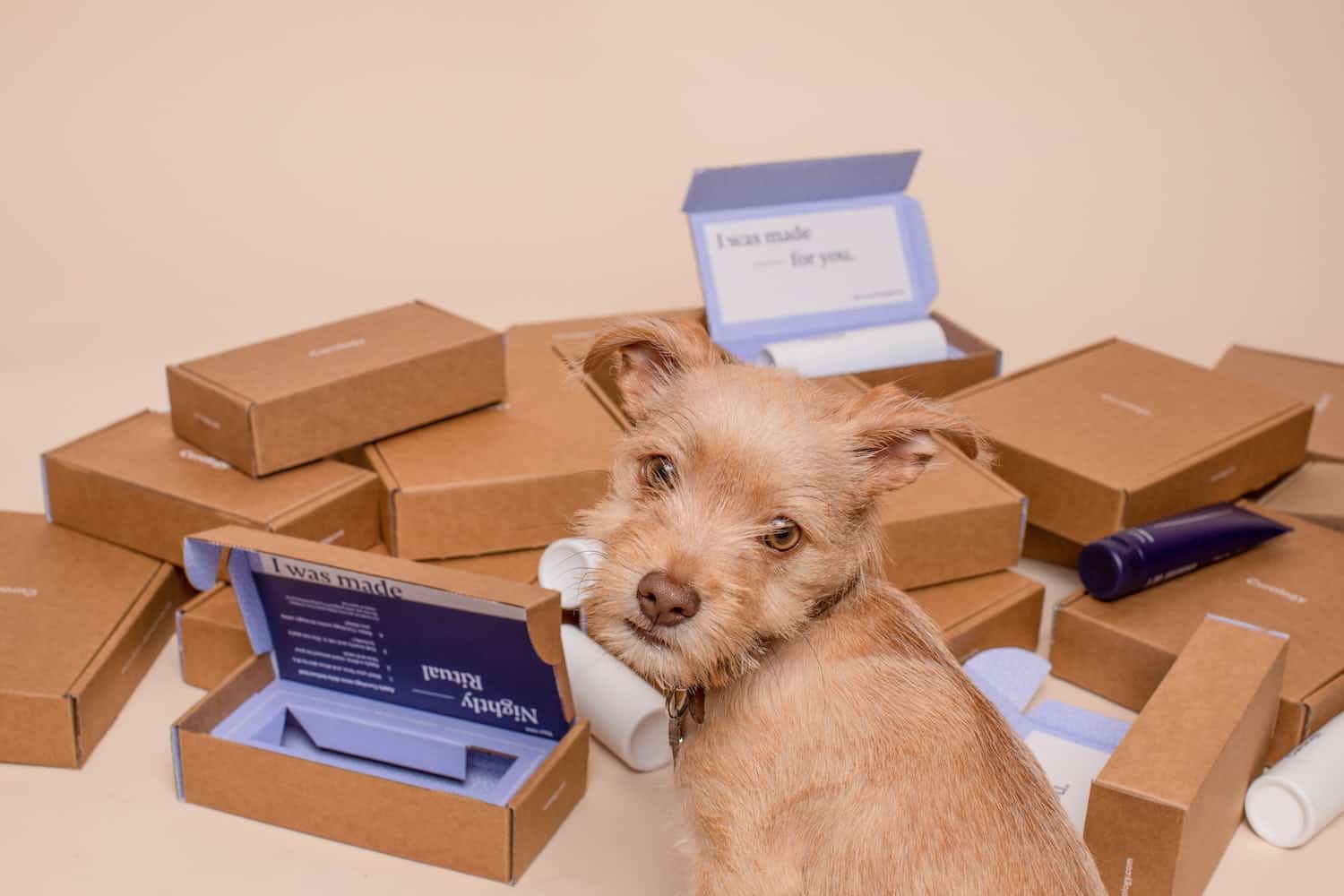
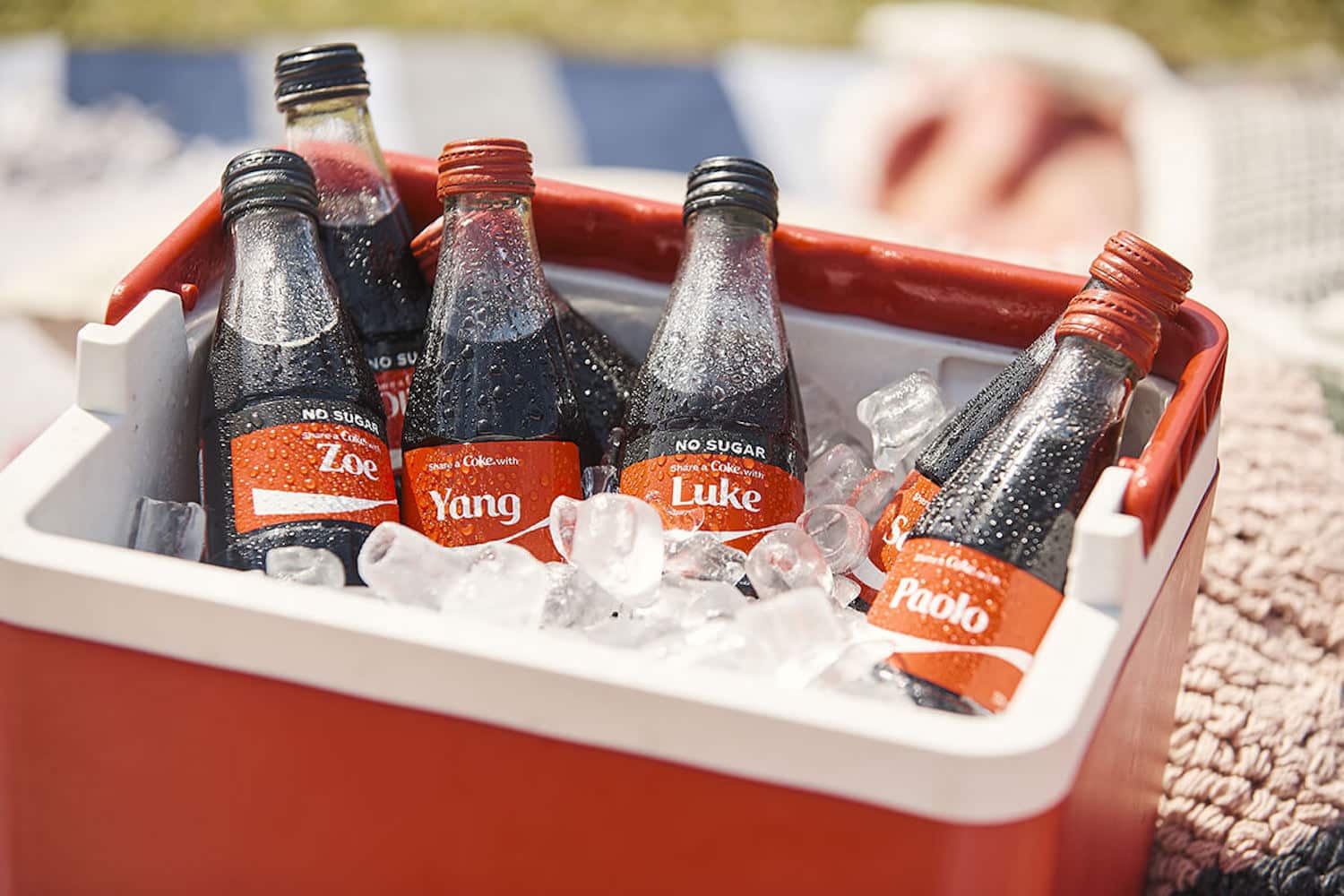
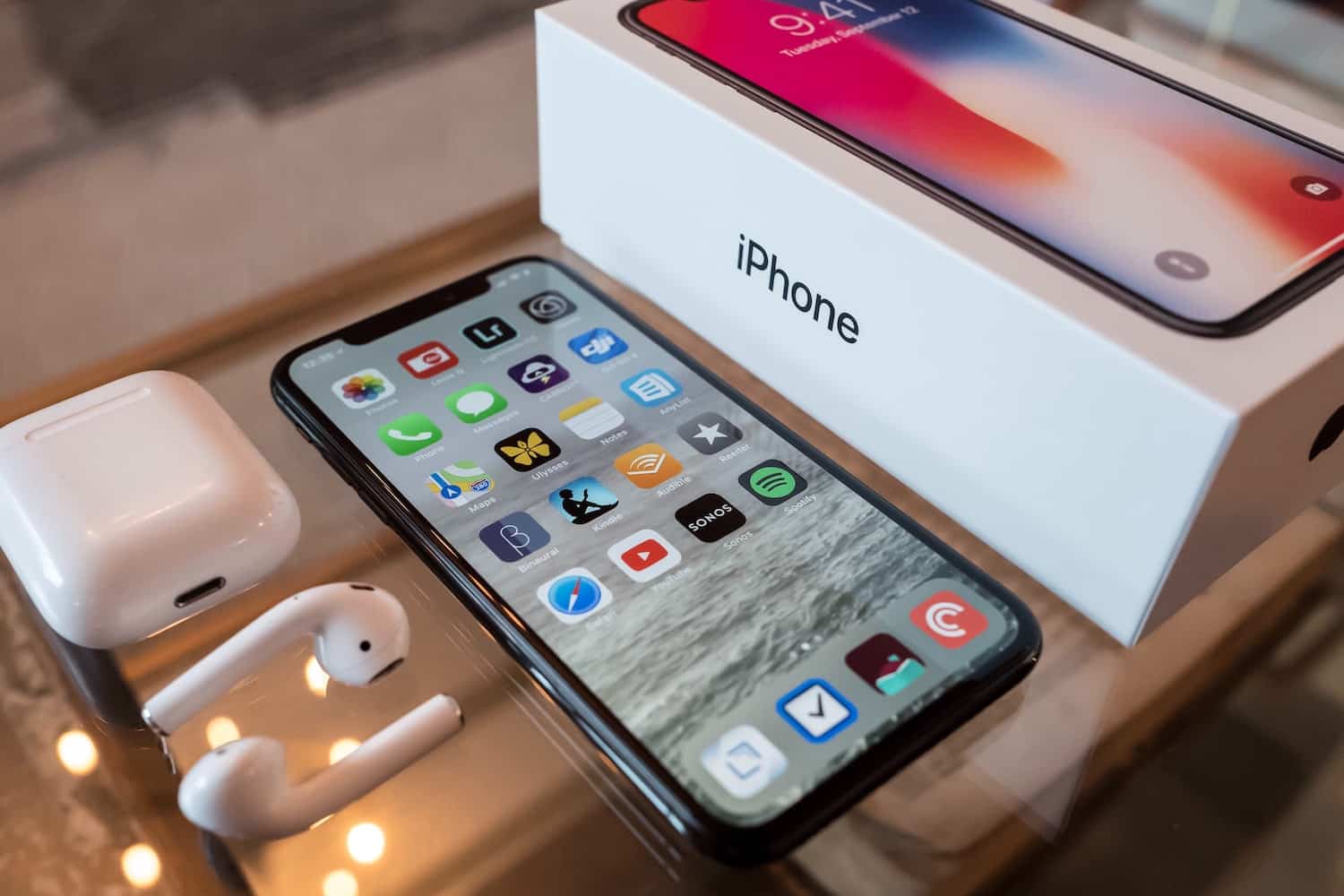
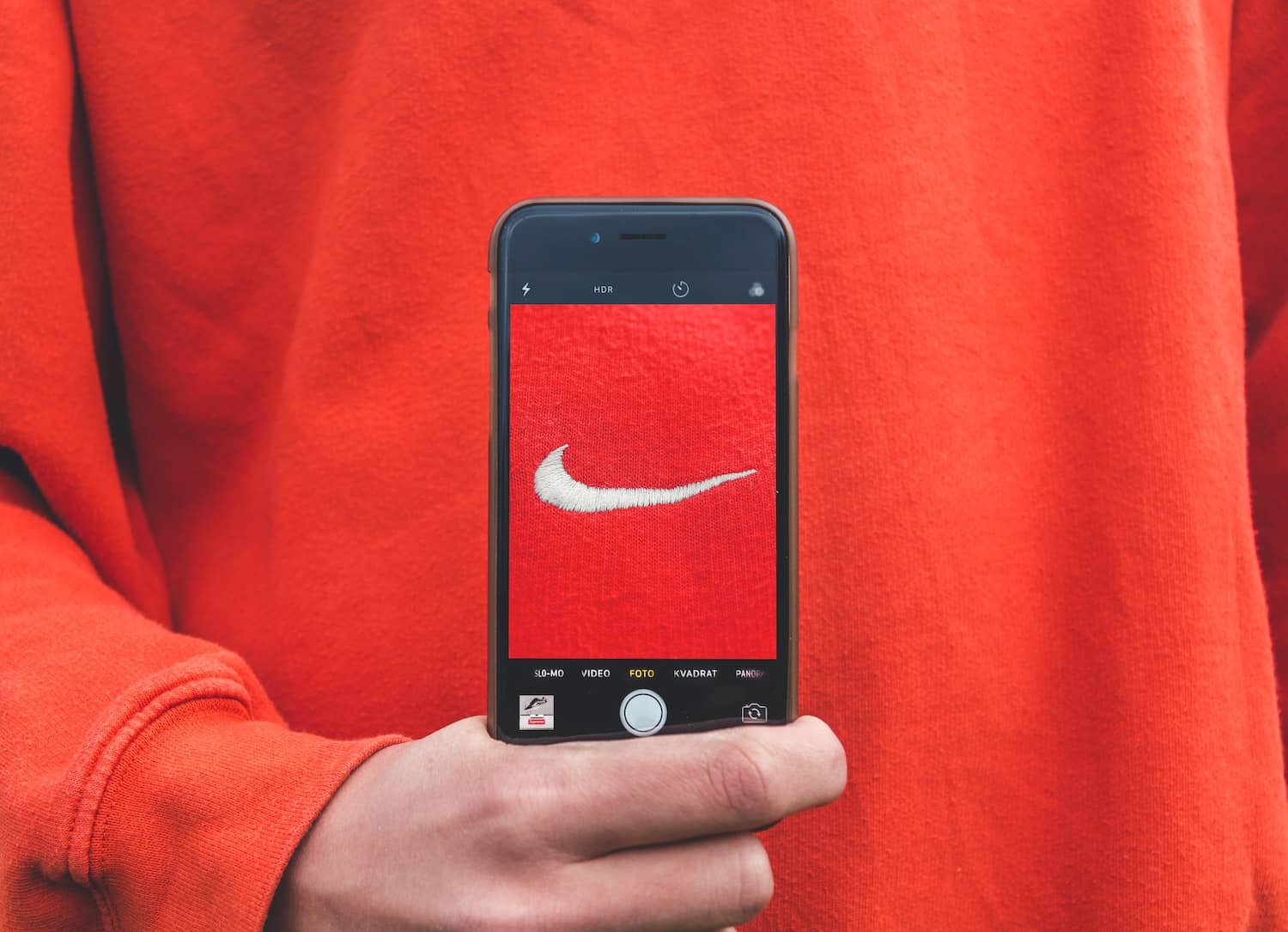
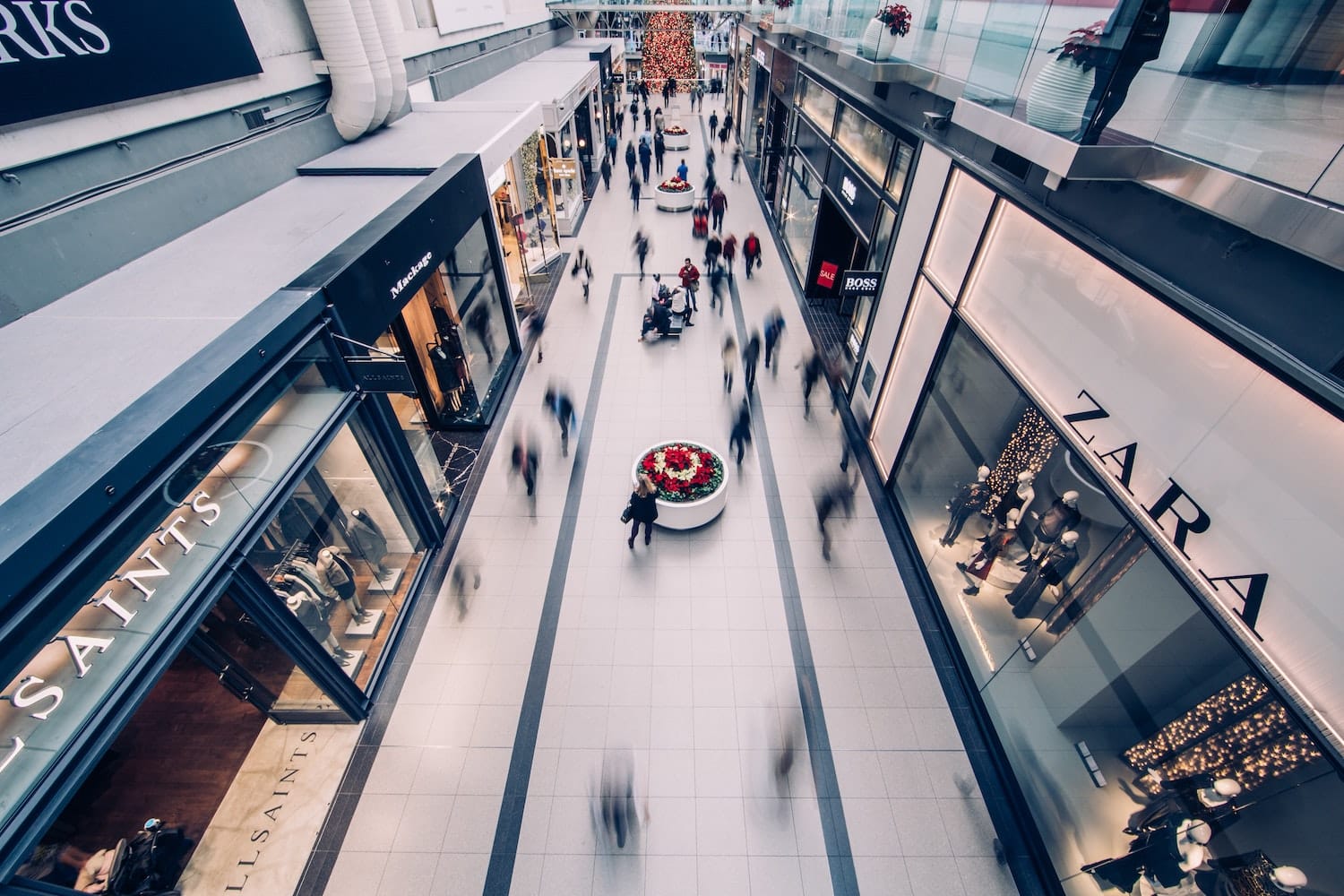

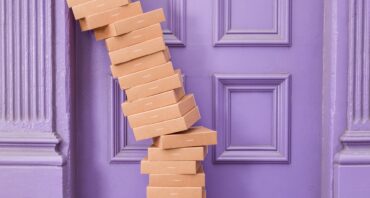

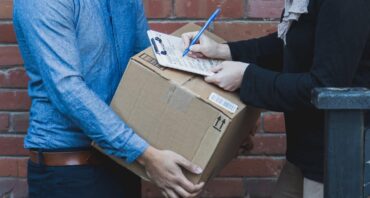
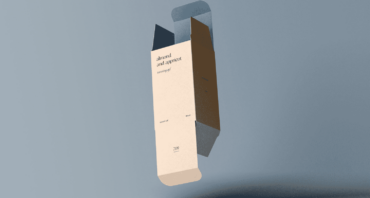

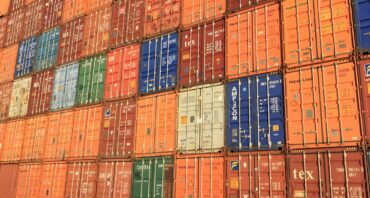
Share